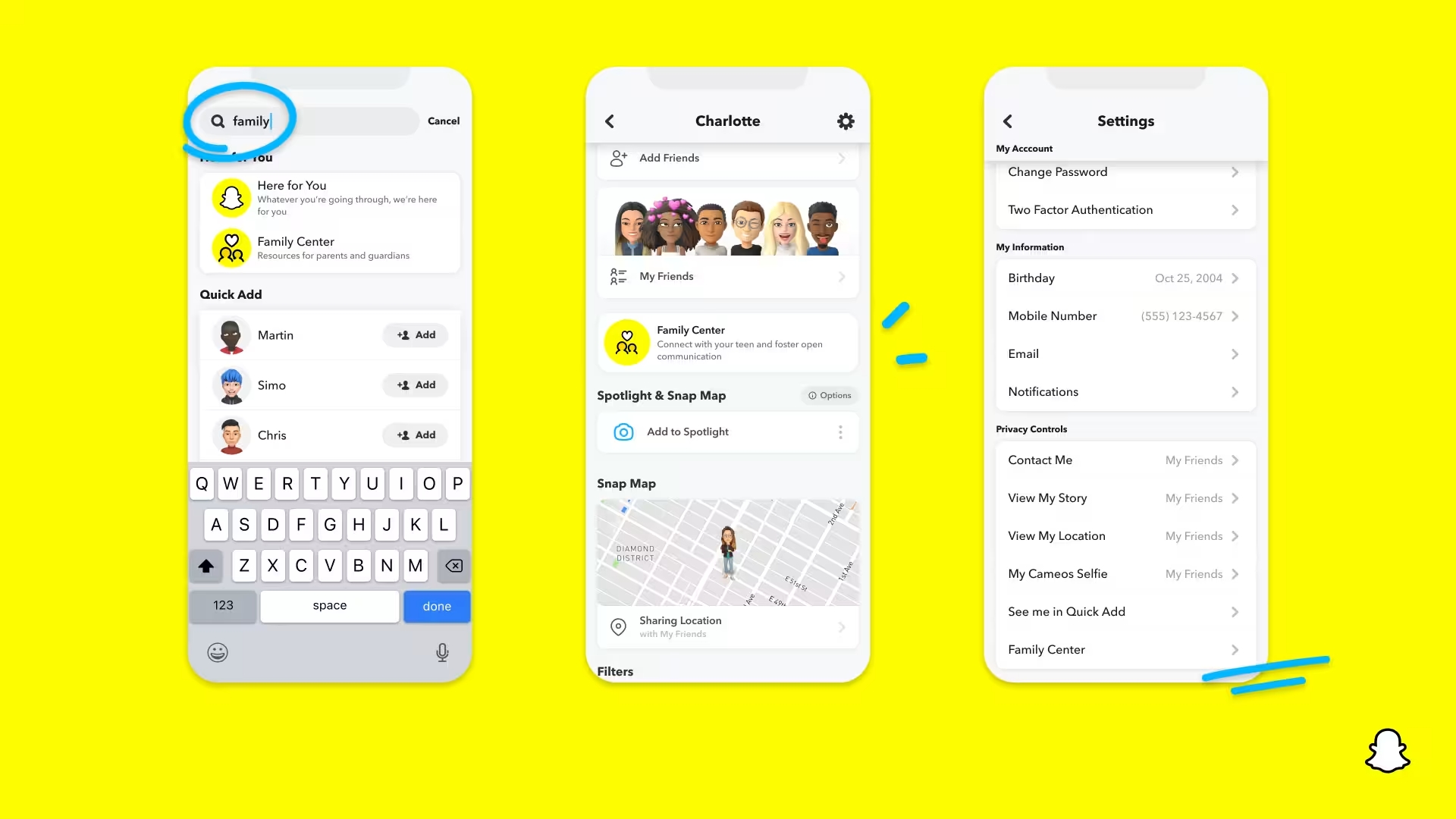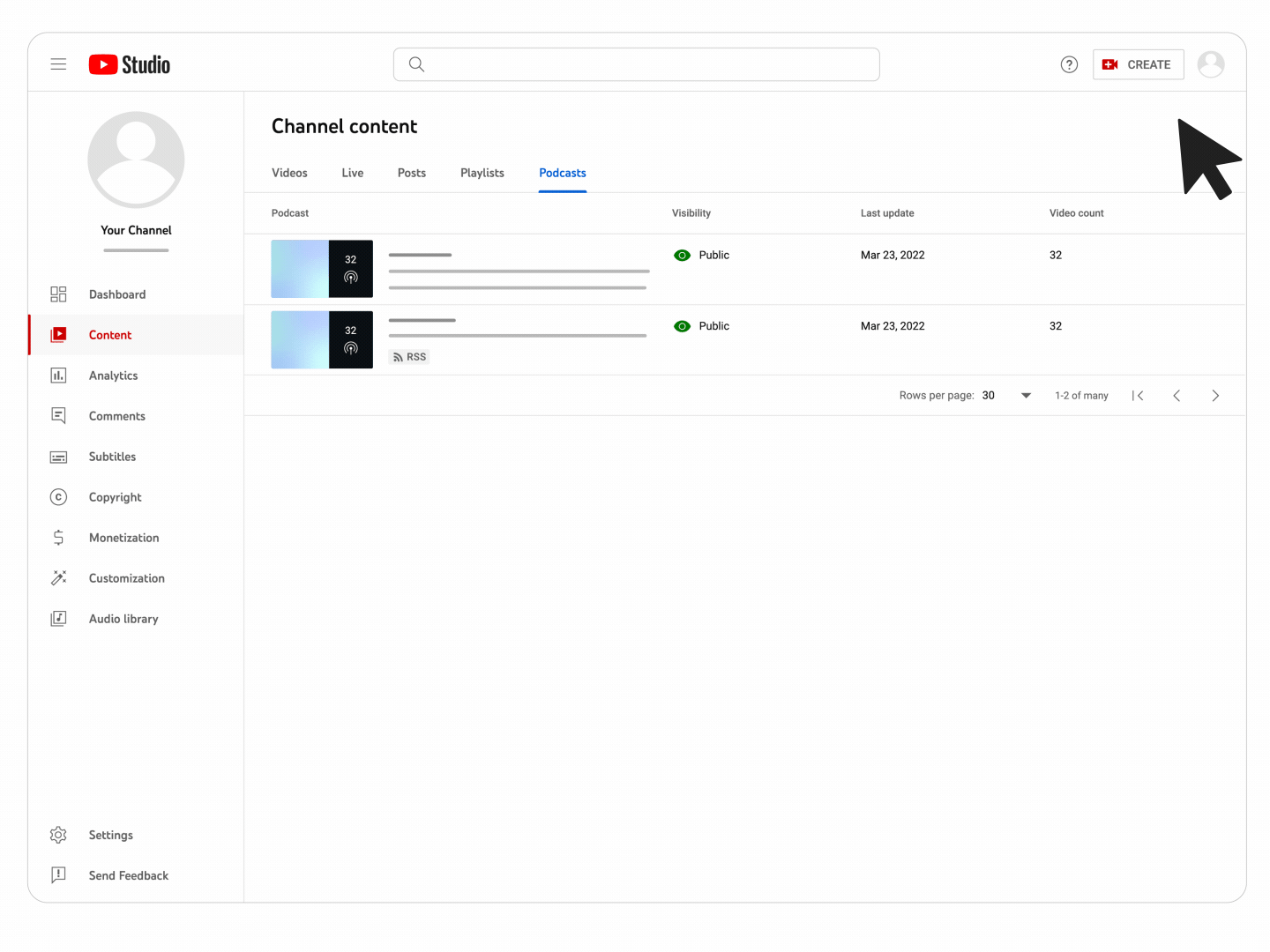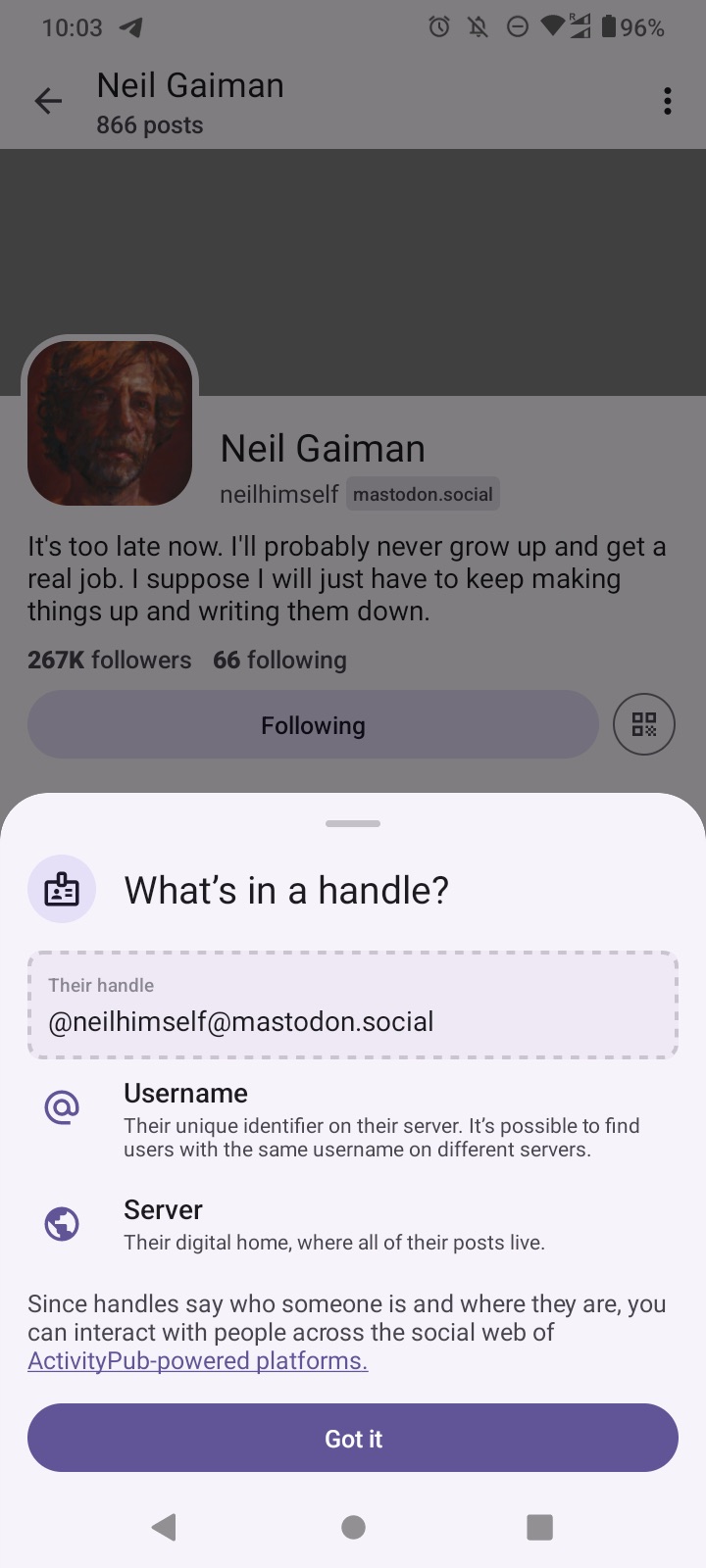
India, despite being home to 20% of the world’s chip designers, lacks a significant presence in the global semiconductor market. However, in recent months, the Indian government has begun investing in an effort to establish the country in semiconductors, as companies worldwide have adopted a “China-plus-one” strategy, seeking alternatives to China.
BigEndian Semiconductors aims to capitalize on this shift by kicking off development of surveillance chips for cameras.
Founded in May, the Bengaluru-based fabless design startup is led by CEO Sunil Kumar, a former executive at ARM Broadcom, and Intel, and the rest of the founding team add experience at chipmakers like Broadcom and Cypress Semiconductors.
Kumar told TechCrunch BigEndian’s founding members had known each other for 25 years. However, he said that they decided to establish the startup after seeing significant domestic consumption — about 50 million cameras worth close to $4–$5 billion a year — alongside the incentives from the Indian government and drive from customers to find alternatives to China.
“If we don’t do it, this generation will die, and it will go. There’s nobody else who has that experience to do the entire cycle,” Kumar said in an interview.

India has set up a budget of $9 billion to boost the local development of semiconductors and display manufacturing companies. The Modi government has approved four semiconductor units in the country to produce chips for applications such as automotive, consumer electronics, EVs, industrial and telecom. These four units will attract an investment of around $17.9 billion and have a cumulative capacity of producing about 70 million chips a day, per government estimates.
For its part, four-month-old BigEndian initially plans surveillance chips, working with Taiwanese fab company UMC, with its reference chip based on a 28nm node process coming in the first quarter of 2025. The startup also plans to broaden its presence over time and look at the overall IoT market, predominantly led by 16- and 32-bit microcontrollers.
Unlike a traditional fabless semiconductor company, BigEndian is working on building its platform-as-a-service model to help governments avoid Chinese middleware access, which is common among existing surveillance solutions. This model will bring software solutions to help manufacturers and customers customize how their surveillance cameras work. It will allow the startup to grow its revenues by offering these customizations as add-ons at a subscription.
“India consumes about a billion of these chipsets a year,” said Kumar. “But these are all 50 cents to $1 kind of a chipset… If you go down the emerging automotive segment, a lot of 32-bit controllers go into automotives now… But we can’t dive into all these segments on day one because getting funding is a challenge in India.”
To kick off, BigEndian has raised $3 million in an all-equity seed round led by Vertex Ventures SEA and India. Even though the seed funding is not enough for a fabless semiconductor startup to fulfill mass orders, Kumar asserted that the Indian government’s incentives to the industry help BigEndian, which has a workforce of about 16 people, with tailwinds and make it “almost like raising $5 million.”
“Because this is a country that has not seen a big success in semiconductors, it is very, very unlikely that you’ll be able to raise at this stage. If I were in the U.S., we could actually raise close to about 12 to 15 million, but it’s not possible here, so you have to work with your constraints, and that’s what the challenges are. That’s probably also an entry barrier for us, [and] for other competition to come in,” he said.
The round also included participation from strategic investors, including Amitabh Nagpal, head of startup business development at Amazon Web Services. This will help the startup raise bigger checks in the following rounds.
BigEndian also plans not to limit itself to India as a market for its surveillance chips aimed at powering a wide range of middle to lower-end cameras.
“Our objective is to create your bread and butter, prove to the market that a silicon company from India can come and then climb up the food chain as opposed to coming top down,” Kumar said.












